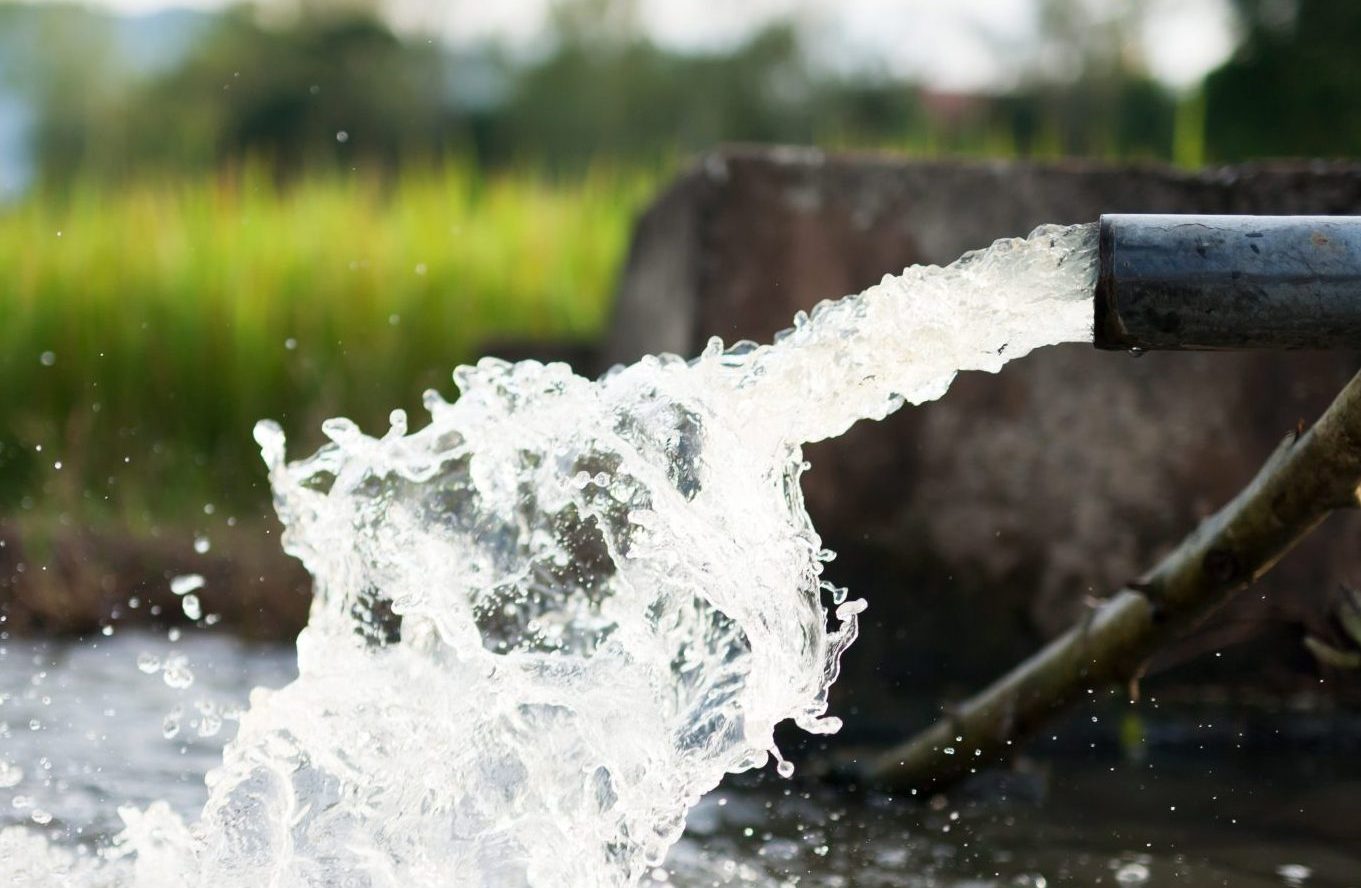Water Quality

Water pollutants are substances or conditions that change the natural state of an aquatic ecosystem, leading to degradation. Alabama utilizes their drinking water from both ground and surface water.
Many of Alabama’s water resources are highly susceptible to pollution due to our unique geology and climate. Dissolved pollutants reach groundwater through a process called leaching and reach surface water when carried in runoff.
Pollution impacts people, plants, and animals that live near or use our waterways. Great strides have been made toward maintaining and restoring water quality throughout the United States since the formation of the EPA and passage of the Clean Water Act in 1972. This has been accomplished through regulating point source pollution, such as industrial and sewage discharge. However, a more diffuse source of pollution, nonpoint source pollution (NPS) threatens the nation and Alabama’s ecosystems.
Point Source Pollution
Point source pollution is pollution that is discharged from a clearly defined, fixed point such as a pipe, ditch, channel, sewer, or tunnel. The EPA defines point source pollution as the following:
“Any discernible, confined, and discrete conveyance, including but not limited to any pipe, ditch, channel, tunnel, conduit, well, discrete fissure, container, rolling stock, concentrated animal feeding operation, or vessel or other floating craft, from which pollutants are or may be discharged.”
This term does not include agricultural stormwater discharges and return flows from irrigated agriculture. In Alabama, one major type of point source pollution is the millions of gallons of permitted wastewater discharged by industrial facilities and municipal sewage plants
into the surrounding waters every day. Discharged wastewater, whether treated or not, can contain substances that are harmful both to aquatic and human life. Untreated or partially treated wastewater also can lower the amount of dissolved oxygen in streams and rivers, reducing the quality of the water as habitat for aquatic plants and animals.
Nonpoint Source Pollution
Nonpoint source pollution is pollution that does not originate from a clearly defined, fixed location. It is caused when rainfall or snowmelt, moving over and through the ground, picks up and carries natural and human-made pollutants, depositing them into lakes, rivers, wetlands, coastal waters, and groundwaters.
NPS pollution originates from everyday activities that occur across the watershed, such as fertilizing a lawn, watering livestock in a stream, and constructing roads. Even pet waste is an issue. As the runoff moves over the land, it picks up and carries away natural and human- made pollutants, finally depositing them in surface water and even in underground sources of drinking water.
For this reason, NPS monitoring is extremely difficult, because the contaminants are not easily traceable to an exact source or point of origin.
In urban and suburban areas, much of the land is covered by pavement and buildings, which does not allow rain and snowmelt to soak into the ground where it lands. Instead, most of the water that falls on impervious surfaces runs off to storm drains, which deliver the untreated water to nearby waterways.
In some watersheds, as much as 55 percent of rainfall runs off an urban landscape that is covered by parking lots, roads, and buildings; only 15 percent of rainfall soaks into the ground. In comparison, a more natural landscape will infiltrate 45 percent of the rainfall with only 10 percent running off.5 Stormwater runoff can carry pollutants such as oil, dirt, chemicals, lawn fertilizers, and litter directly to streams and rivers, where they can negatively impact water quality (figure 3.16).
Pollutants can include the following:
- sediment
- oil, grease, and toxic chemicals§ pesticides and nutrients
- viruses, bacteria, and nutrients§ heavy metals
- thermal pollution
These pollutants can harm fish and wildlife populations, kill native vegetation, foul drinking water supplies,
and make recreational areas unsafe and unpleasant. Designing urban development to minimize runoff can help to protect water quality and groundwater resources.

